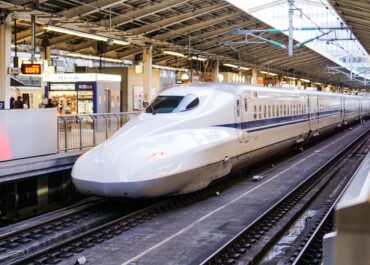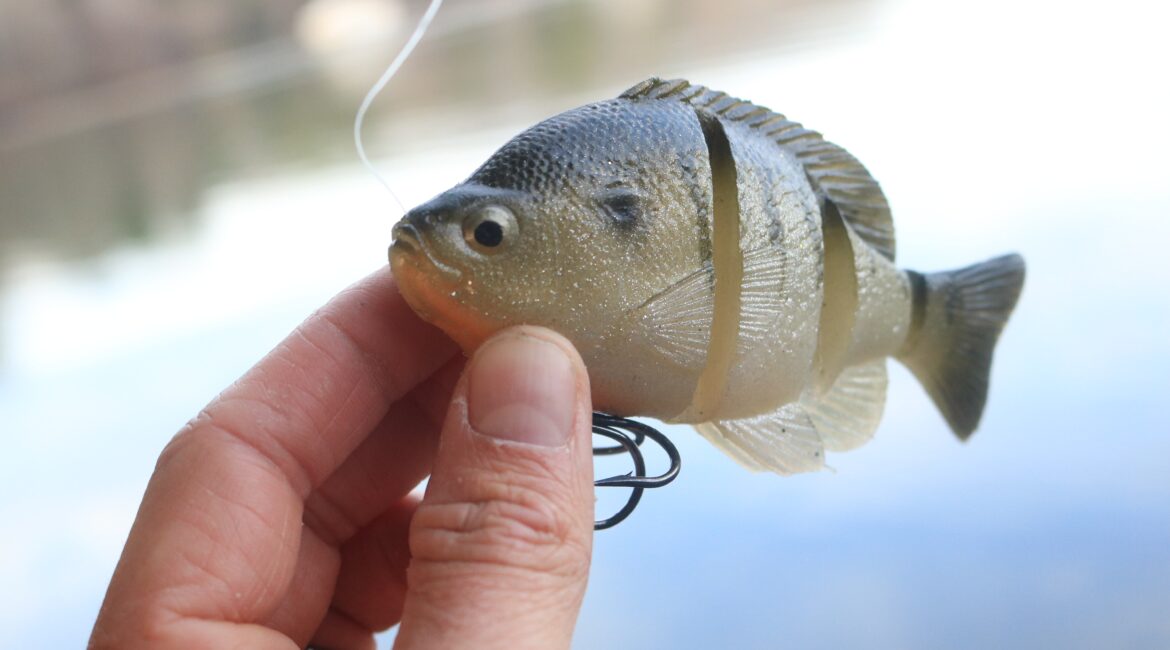Biomimicry is a design principle that draws inspiration from and emulates nature’s strategies, models, systems, and designs to create sustainable solutions to complex human problems. The literal definition of the word means “imitation of the living”, and simply put, Biomimicry is when people use ideas from nature to solve problems.
This process is based on nature’s 3.8 billion years of evolution on our planet. Over time biological organisms (plants,animals, microorganisms) have come up with strategies to evolve, survive, and adapt to changing conditions. The American biologist Janine Benyus, a renowned specialist in biomimicry said, “Nature has already solved all the challenges we face. Failures have become fossils, and what surrounds us is the key to survival”. Janine Benyus was the first scientist to come up with the idea of biomimicry in the late 90s by developing the fundamental idea that human beings should consciously emulate nature’s strategies when looking for solutions to their problems, products and policies.
Examples of Biomimicry
- Climbing pads that support human weight are a mimic of the biomechanics of gecko feet.
- The aerodynamics and shape of the Japanese bullet train was inspired by the shape of the Kingfisher’s beak because the lead engineer was a bird watcher.
- The passive cooling buildings designed by Zimbabwean architect, Mick Pearce, were inspired by termite mounds.
- Velcro came to be from observing the hooks implemented by some plants for the propagation of their seeds by animals’ coats.
What isn’t Biomimicry
Biomimicry is often confused with bio utilization or biomorphism, which all fall under the umbrella of “bioinspired design”. Bio utilization is the direct use of plant matter or organisms in the design process. An example of this would be a living green wall made out of plants. Although it could be used in a biophilic design sense to enhance feelings of biophilia, just because nature is used in some way in the design process doesn’t make it Biomimicry.
Biomorphism refers to designs that visually resemble elements of nature. Biomorphism and biomorphic design can be beneficial and appeal to the senses much like biophilia, but it’s important to know that it isn’t Biomimicry. Common examples of biomorphism are seen around the world in architecture as a way to be visually appealing. Like the Lotus Temple in India that’s exterior is designed after a lotus flower.
Looking like nature doesn’t mean that it functions like nature, like Biomimicry does. Biomimicry may not even look like the organism it was mimicked in the final design.
“The distinctive feature of biomimicry is the study and emulation of functional strategies to create sustainable solutions that also embody the (re)connect and ethos elements” – Institute of Biomimicry.

